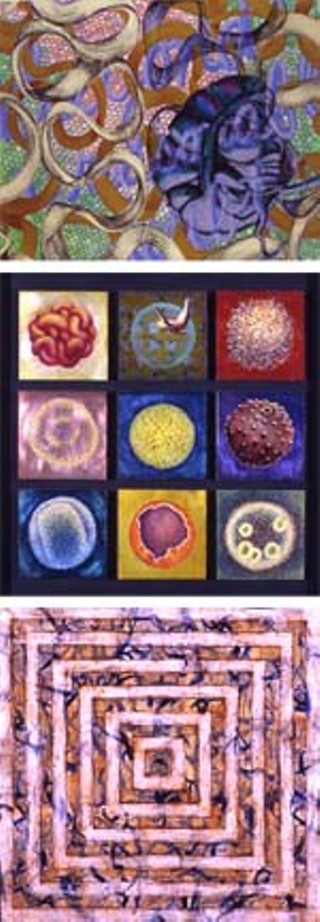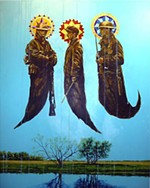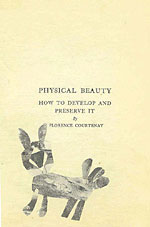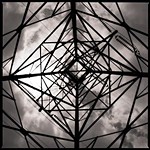‘Janet Kastner, Joseph Janson, and Brad Ellis’
In an interesting exhibit at D. Berman Gallery, a number of unexpected commonalities emerge among the works of Janet Kastner, Joseph Janson, and Brad Ellis.
Reviewed by Jacqueline May, Fri., Jan. 21, 2005

Janet Kastner, Joseph Janson, and Brad Ellis
D. Berman Gallery, through Feb. 12
At first glance, you might not think these three artists' works have that much to do with one another. But with extended looking, a number of commonalities emerge in this interesting exhibit.
Janet Kastner's acrylic and mixed-media works on paper feature words which blend in and out of the related imagery superimposed upon them. For example, in the piece titled Vertigo, the term "vasovagal syncope" is buried within and beneath a jellyfish image, tilted onto its side. The term refers to a particular type of fainting, which might make the person experiencing it feel kind of like, well, a jellyfish.
The collage and encaustic works of Brad Ellis' "Currents" pieces refer, through art history, to the works of Pop artists such as Jasper Johns, but incorporate an Abstract Expressionist element through the use of overall nonreferential calligraphic brushstrokes. These are superimposed on a series of stripes or concentric squares that are alternately opaque and translucent, revealing collaged text. The brushstrokes and the use of text via collage provide a space for dialogue between Ellis' works and Kastner's, although Kastner's works use the text for content whereas Ellis' use it simply for texture. Ellis' use of the grid provides a common point of departure for his work and Joseph Janson's.
Janson's works are primarily grid-based, with small squares, individually painted with biologically oriented images. In several cases, diagrammatic lines visually connect these squares/images. Diagrammatic imagery has been of interest to artists for some time now, and it's hard to look at some of Janson's work without thinking of the diagrams that interested now-deceased artist Mark Lombardi, although Janson's work makes much heavier use of color and underlying imagery. In Migration, for example, a map is superimposed on squares containing such images as flower bulbs, a paper wasp's nest, bales of hay, and so on. Between these squares, and relating to the blue map diagram beneath, are drawn red arrow-lines pointing from position to position. The little squares, as much as the superimposed lines, are painted with delicacy and sensitivity. The colors in the artist's work provide a connection point with Kastner's.










